When abstract painter Frederick Lynch and painter-turned-photographer Victor Romanyshyn died in recent weeks they left many things behind: brothers and mothers, wives and stepdaughters; admirers who supported their careers by attending their exhibitions, collecting their work and cheering their success; and a void in the Maine art world.
They also left behind photos and flat files, a lifetime of work that constitutes an artistic legacy, now entrusted to the people who loved them most. Managing that legacy adds a complication for grieving families who, while dealing with their personal loss and the business that follows a death of sorting finances and property, also face the challenge of managing a career that, in some ways, goes on without the artist.
Lynch and Romanyshyn knew they were dying, and they were thoughtful about how they wanted their work to be seen when they were gone. They were also aware of the burden it could be for their loved ones.
Romanyshyn, a painter-turned-photographer, was a quiet, earnest artist, who made hundreds of images of Peaks Island, which he walked most mornings the last two decades of his life. He died May 28 at age 57. He was a private man, and loved by the artists he worked alongside in the Bakery studio building in Portland. He deliberately left instructions with someone he trusted about how his work should be seen.
Lynch, who died July 3 at age 80, was among Maine’s leading abstract painters, a stature he achieved through steady excellence, hard work and an unwavering commitment to a bold contemporary vision.
Two weeks before he died of prostate cancer, Lynch sat down with his stepdaughter, Alyssa Bouthot, to go over an artist statement he had written for an exhibition that was about to open in Boston. They reviewed every word and every sentence of the three paragraphs. It wasn’t enough that she understood what he was saying, he told her, but why he chose the words he did.
He also left behind a “selfie” video that he made of himself painting, for posterity, though he couldn’t imagine why people would care, and Bouthot made an audio recording of him talking about his work.
Lynch, a painter with a 40-year history in Maine, knew he probably wasn’t going to be around for the opening. The work would speak for itself, but people would have questions. He was entrusting his family to speak for him.
“It’s not a responsibility to take lightly, but my mom and I feel well prepared by Fred’s patient lessons through the years,” said Bouthot, who spent years watching her stepfather paint in the studio and attending openings, where she listened to him speak about his work. “It is a responsibility that we are proud to be entrusted with, and we plan to honor his wishes.”
Lynch’s exhibition, “Divided Man,” opened July 8 at Boston’s Miller Yezerski Gallery, less than a week after Lynch died.
In his new paintings, Lynch assimilates abstract and representational elements to create a series of figurative portraits. Several are self-portraits, unusual territory for Lynch, whose long history of contemporary painting mostly concerns geometry, shape, dimension and color in abstract forms. The new paintings have most of those components, but Lynch assembled cellular and organic shapes to represent a human body within a larger abstract image. And not just any body, but his own body.
“It was very striking that he would even go there, knowing we were not really talking about it in public,” Bouthot said, “it” referring to the prostate cancer that her stepfather had kept private from so many for so long. For Lynch, cancer was a motivation for his work, not a theme, she said. He didn’t want people to talk about it.
And yet, his final artistic act was telling the world about the disease.
In the days after his death, the family received dozens of calls from people who said, “I had no idea.”
“That would make Fred very happy,” she said. “He was trying to be very humble about it.”
Lynch’s statement, crafted so carefully, confirms the disease without naming it, vaguely describing “changes in my own medical history” as the reason for the new direction. “My work now has renewed my interest in the figure and how it might reflect on my current condition. Suffice it to say, that to initially divide a formal visual ground for aesthetic pleasure or purpose and then transform these elements for a more intimate means of expression and introspection, is to generate something of a full artistic circle. The figurative depictions, many of them autobiographical, help satisfy an always present urge to combine my art and my life.”
Ellen Miller said she and her partner at Miller Yezerski knew Lynch was sick, but only in general terms. They understood the urgency of his condition over the winter when he sent an email asking about the possibility of showing this work. “It was one of those very Fred, very sincere and somewhat self-deprecating emails,” Miller said. “It was very sweet and soft-spoken.”
He included jpegs of the new paintings, and Miller and Howard Yezerski knew as soon as they opened the attachments the significance of what they were viewing. These certainly were the most personal paintings they had seen from Lynch, and they wanted to show it.
“We didn’t know what stage his heath was,” Miller said. “I knew he wasn’t coming down to Dana Farber anymore, but we didn’t know why. And we clearly understood that this new body of work had a relationship to his physical stage. We both had the same immediate reaction: This is wonderful, and the sooner we could do it, the better.”
They offered the summer slot, and turned the entire gallery over to Lynch. They usually feature two artists at a time.
In addition to the “Divided Man” oil paintings, Miller Yezerski is showing small gouaches and an intimate series of pen-and-ink drawings. The drawings are an extension of the “Divided Man” theme at the molecular level, and were the last pieces Lynch finished.
The drawings are intensely detailed and finely crafted – exquisite examples of what Lynch liked to call “closely packed parallel lines.”
He completed them on the sofa of his Saco home when painting became “too heavy.”
Two days before Lynch died, Bouthot drove to Boston to show the drawings to Miller and Yezerski, who immediately agreed to include them in the exhibition. Lynch wanted his gallery representatives to see them in person, and he died pleased to know that his final work would be in the Boston show, Bouthot said. “He was very proud of these drawings,” she said.
Lynch had a handful of buddies with whom he confided about his work and some parts of his life. He met some for coffee, others he corresponded with by email. Walter Tisdale, a limited-edition book publisher from Bangor, was among the latter.
He knew Lynch as “a lively mind” on the other end of the computer. They traded long emails over seven years, at first to exchange ideas about a collaborative book project. It led to a friendship that was based on their shared interests in arts, sports and the flow of life. “What Fred and I enjoyed was the luxury of just being able to say something that was fresh on our minds, or something we had seen, an article or a program. We both liked watching the Patriots. It’s the only sports I watch. We would talk about that,” Tisdale said.
Inevitably, the talk would go to each other’s work.
“I wonder how your papers are reacting to heat and humidity?” Lynch asked in a typical exchange from summer 2012. “The process of dry mounting sounds almost like an oxymoron in this weather.”
Like others who were close to Lynch, Tisdale knew only peripherally about Lynch’s illness. Lynch offered clues, but usually changed the subject. “We didn’t talk about it specifically. He would say, ‘I was at Dana Farber and got to see another Red Sox game’ and then said in parentheses, ‘they lost.’ ”
Once, when Tisdale visited Lynch at his studio in Saco, the subject came up directly. Lynch was showing Tisdale something on his computer, and Tisdale noticed books on the shelf about prostate cancer. “He saw me looking. ‘Yeah,’ he said. ‘I got the prostate cancer.’ ”
He said it in an accepting way, as if it were inevitable – a man at his age, it was bound to happen.
This was Lynch’s second time with prostate cancer. He was originally diagnosed in 2002. He resumed treatment in 2014.
The last exchange between Tisdale and Lynch was June 4. “He was full of vim and vigor,” Tisdale said. “He told me he was finished with this suite of drawings, and he was very happy with them.”
Lynch never said anything directly, but Tisdale sensed his friend knew this was his final work. “I’m just guessing,” he said. “I am just reading between the lines.”
THOUSANDS OF PRINTS
Michael Romanyshyn knew that cleaning out his brother’s studio would be a task. Victor Romanyshyn spent two decades in an intense investigation of photography. He shot still lifes, landscapes and the natural world, and though he did not use computers to enhance his work, he experimented with time-lapse photography and multiple exposures.
He had accumulated a lot of work and many distinct bodies of work, both at the Bakery Studios building in Portland and at his home on Peaks Island, which he shared with his elderly mother.
As he began sifting through his brother’s work, Michael Romanyshyn understood just how prolific his kid brother really was.
“There were just boxes and boxes of prints,” Michael Romanyshyn said. “I started going through thousands of prints. And there are stacks of hard drives. I haven’t even started to look at those. I always knew he did a lot. But until I started going through it, I didn’t realize how much.”
The work of an artist is solo by nature, and that was especially true of Victor Romanyshyn, who was focused and quiet. Living on an island added an additional layer of isolation. Even those who knew him best – his brother and his photography friends – didn’t know the depth and range of his work.
That revelation led to a current exhibition at the Bakery building on Pleasant Street, where Romanyshyn kept his mainland studio. Victor Romanyshyn’s brother and friends spent days going through his work, and hung hundreds of prints, mostly unframed, throughout the first and second floors of the studio building.
Several hundred people attended a First Friday Art Walk opening in July, and hundreds more are expected when the building will be open Aug. 1 in conjunction with a memorial on Peaks Island.
The building is generally locked, but Michael Romanyshyn is showing the work to anyone who wants to see it.
The building’s owners, Alison Hildreth and Katarina Weslien, offered the space as a tribute to Romanyshyn. “We miss him so much,” Weslien said. “He was such a big part of our community.”
While the prints are up, Romanyshyn’s studio also will be open for people to come in and browse, to look at his books and files. It’s a way for the community to absorb his work, and maybe learn something they didn’t know about him.
The open studio also is part of the community grieving process, said Susan Porter, who worked closely with Romanyshyn in establishing the Addison Woolley Gallery in Portland, which later became an artist collective.
“This is a chance to remember the creative genius,” Porter said. “It’s a chance to visit with that greatness and that genius, knowing we will never see it again. He means a lot to us. We want to remember him and honor him, and celebrate him.”
After Aug. 1, the work will come down, the studio will be cleaned and emptied and Michael Romanyshyn, as executor of his brother’s estate, will write the next chapter in his brother’s artistic life.
“But the thing is, what? It’s up to me to figure it out,” he said.
Those conversations have begun. There are talks of other exhibitions, of donations and the sale of work to museums and collectors.
Michael Romanyshyn is taking advice from people in the Maine art world his brother knew and trusted. He could have sold a lot of photos at the opening in July, but nothing is for sale right now, he said. For now, he is taking stock and trying to make a plan that serves his brother’s art best in the long term.
Victor Romanyshyn died from lung disease. He wasn’t a smoker, but his lungs failed him. It was probably a genetic condition, Michael Romanyshyn said, and his brother didn’t do much to treat it. “He pretty much ignored it, which was hard if you were a relative or a friend,” he said.
Victor Romanyshyn received mainland care toward the end. When he knew he only had a few weeks to live, he asked to return to Peaks. He wanted to die at home. With a lot of help, his brother brought Victor Romanyshyn home.
There, the brothers sat together and talked, quietly and mostly alone. This was nothing new. The two were great conversationalists and had plenty to talk about, including their 94-year-old mother, who lived with Victor on Peaks for many years and now lives with Michael in Temple.
But these conversations were different.
Victor Romanyshyn wanted to tell his older brother how he saw the world, and left specific instructions about his printing process. If anyone was going to print his photos after he died, he needed to know it was someone he could trust.
Send questions/comments to the editors.


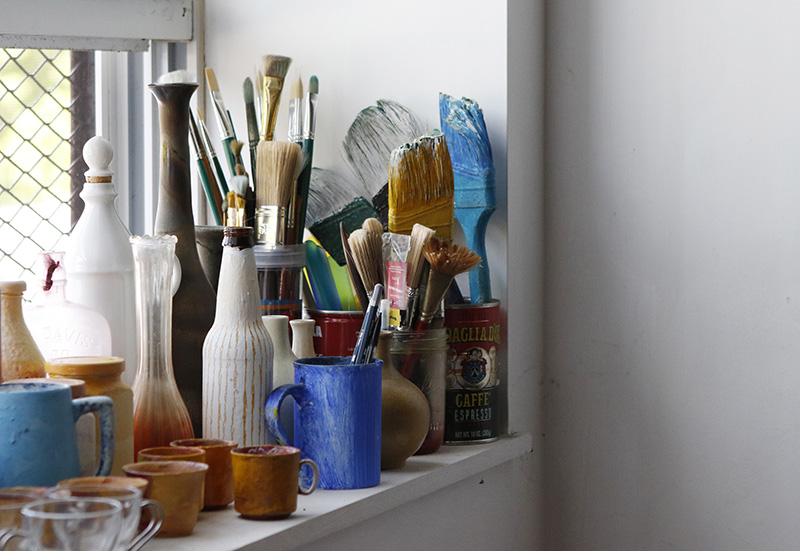
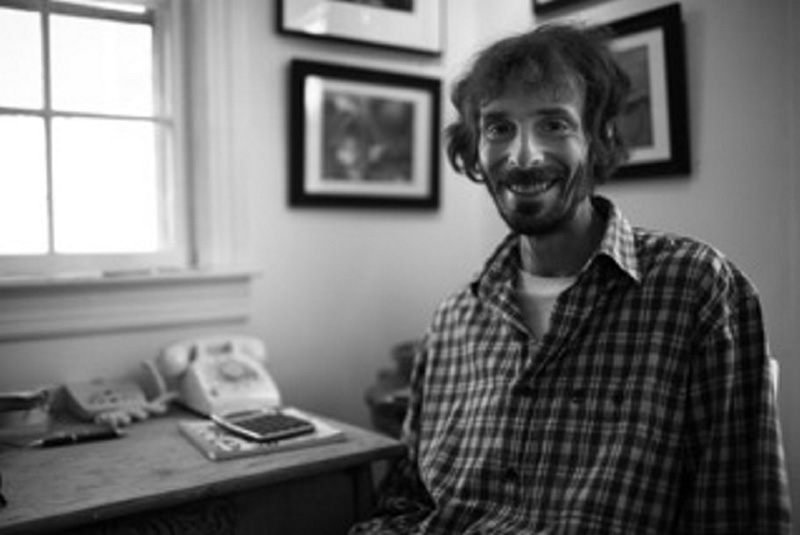
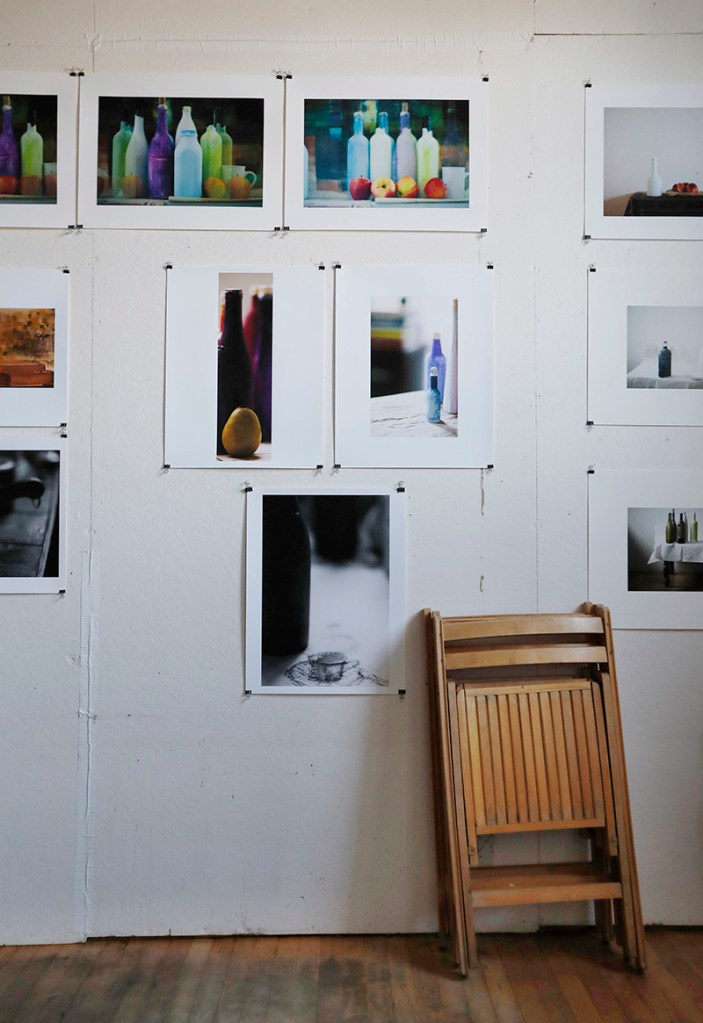
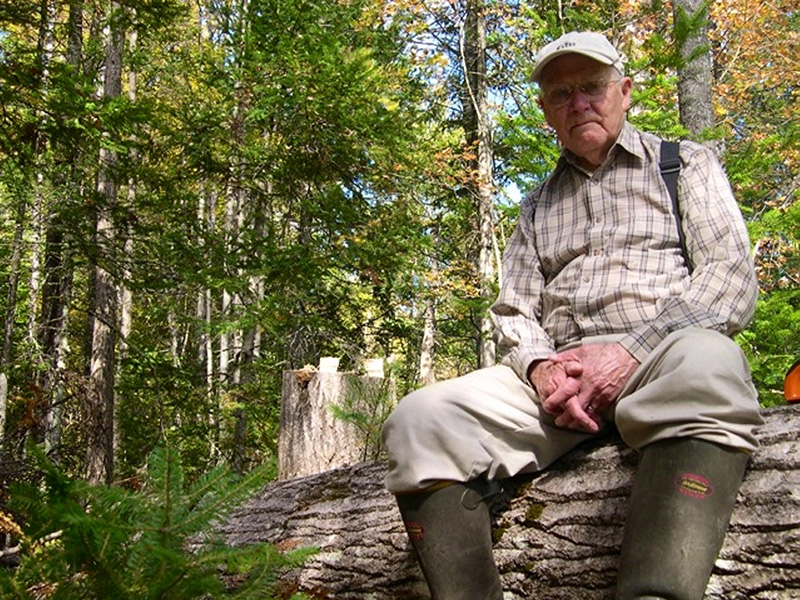
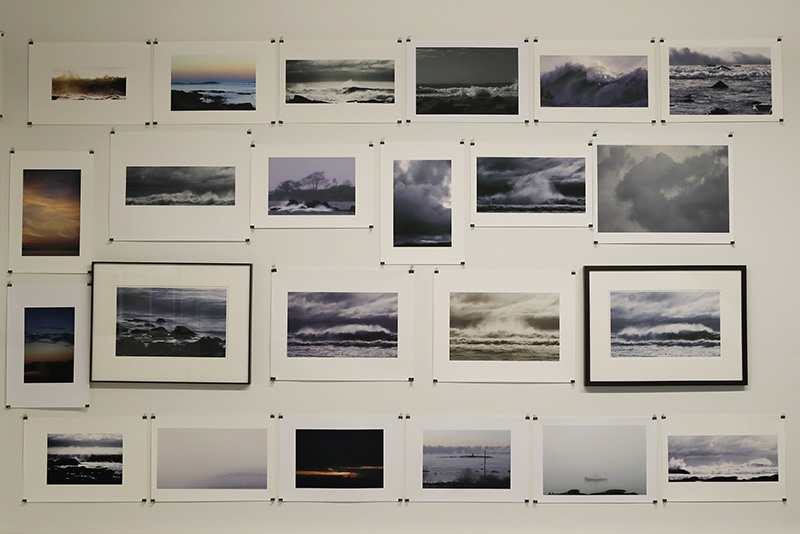
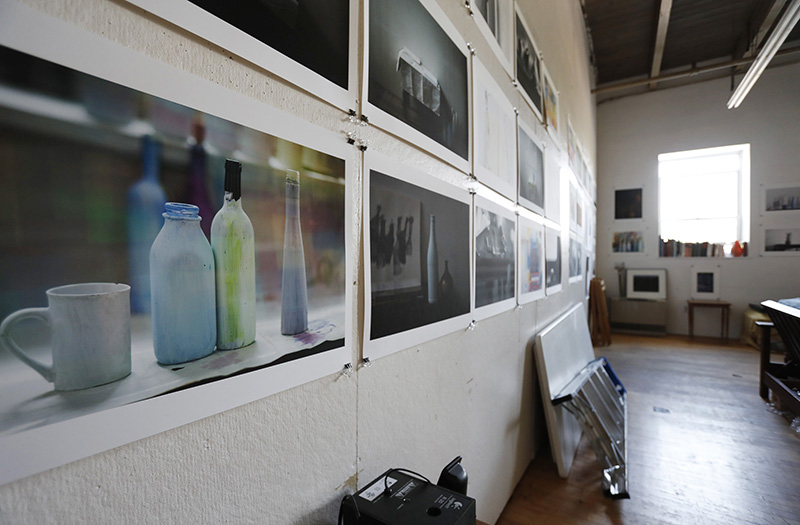
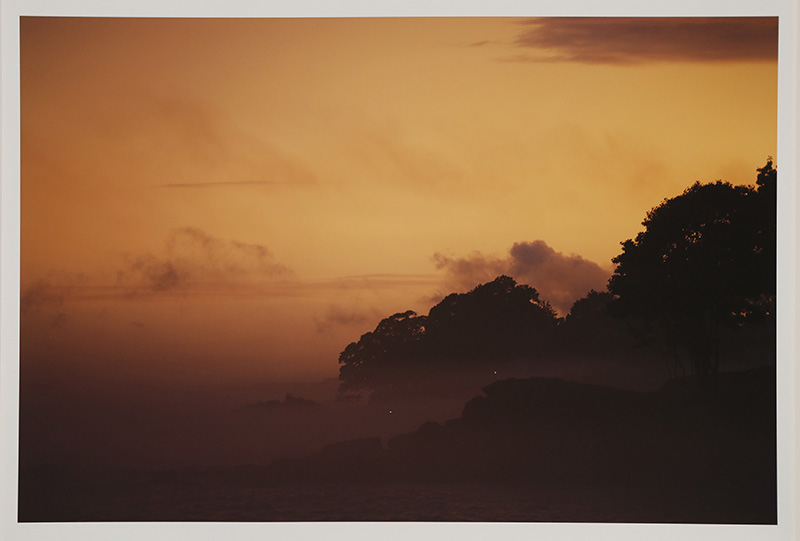


Success. Please wait for the page to reload. If the page does not reload within 5 seconds, please refresh the page.
Enter your email and password to access comments.
Hi, to comment on stories you must . This profile is in addition to your subscription and website login.
Already have a commenting profile? .
Invalid username/password.
Please check your email to confirm and complete your registration.
Only subscribers are eligible to post comments. Please subscribe or login first for digital access. Here’s why.
Use the form below to reset your password. When you've submitted your account email, we will send an email with a reset code.